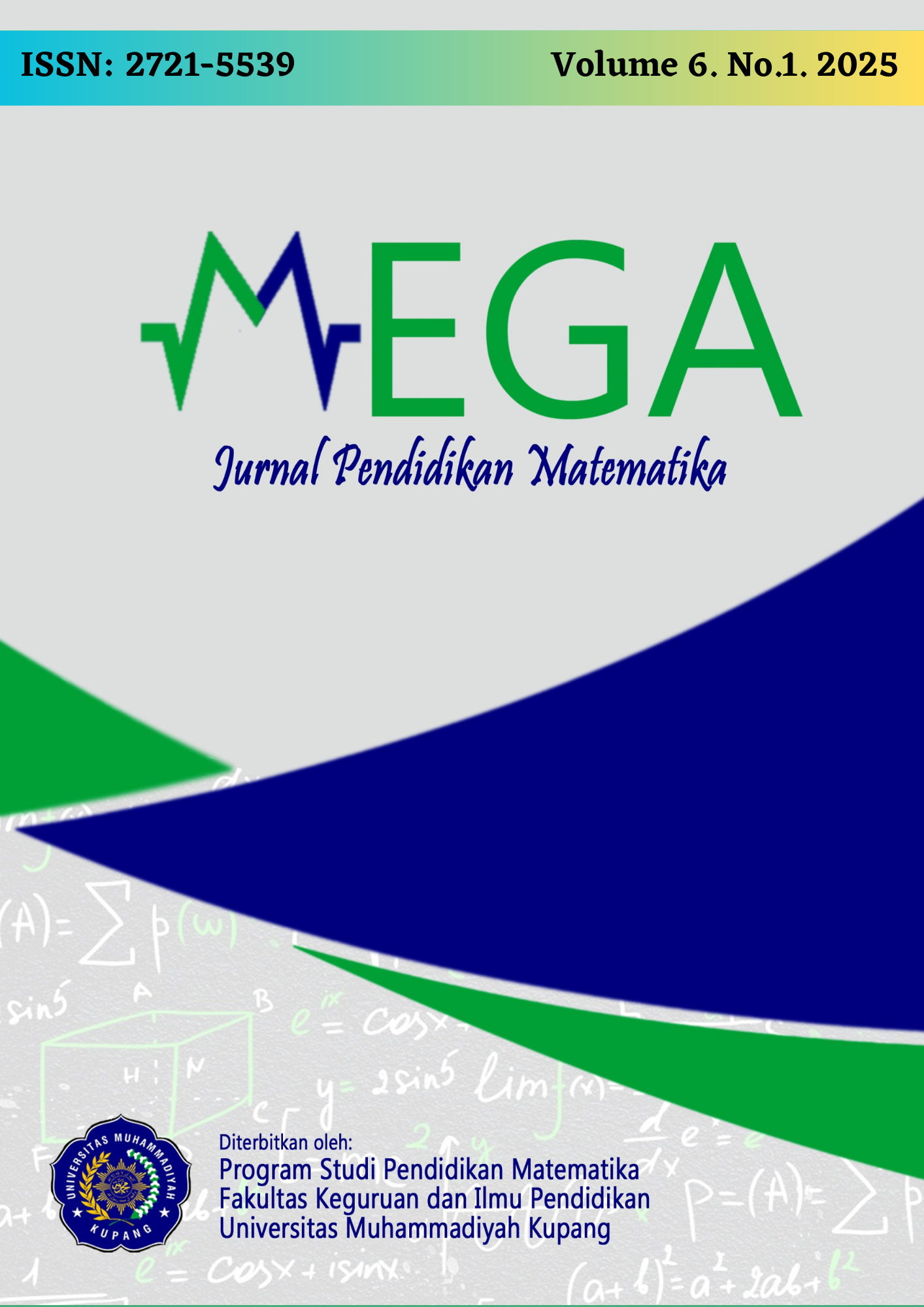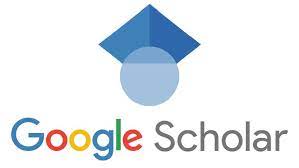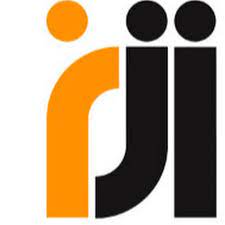PENGEMBANGAN SOAL MATEMATIKA MODEL PISA KONTEN STATISTIKA UNTUK MELATIH KEMAMPUAN LITERASI STATISTIKA SISWA DI SMP
Abstract
The purpose of this study was to determine the development and results of the development of mathematical problems of the Pisa model of statistical content to train students statistical literacy at SMP negeri 5 Kupang. The research method used is the research and development method. This research uses a four-D development model, namely define, design, develop, and disseminate. Validation of the PISA guestion trial resulted in 5 questions tested being declared valid. Reliability is generally stated to be reliable, with a test probability score of 0.62 with high interpretation, the distinguishing power produces 3 questions with sufficient criteria (1, 2 and 5), 1 question with good criteria (4) and 1 question with bad criteria (5) while the difficulty level of the questions produces 1 question with easy criteria (1), 3 questions with medium criteria (2, 3 and 4) and 1 question with difficult criteria. Overall it has been declared good. The difficulty level of PISA model math problems can be seen from the difficulty index of each question item. In accordance with the quality criteria of the test questions, it is known that the 5 questions are worthy of being tested on the field test. The results of the Field Test trial were obtained from 30 students, there were 24 students who had statistical literacy skills with very good categories, 5 students had statistical literacy skills with good categories, and 1 student had statistical literacy skills with sufficient categories so that they had an average of 84,666 with very good categories.
References
Badjeber, Rafiq, and Purwaningrum Putri Jayanti. (2018). Pengembangan Higher Order thinking skills dalam pembelajaran matematika di SMP. Pendidikan dan Pembelajaran. Vol 1 (1), pp: 36-43.
Bidasari, Febrina. (2017). Pengembangan soal matematika model pisa pada konten quanty untuk mengukur kemampuan pemecahan masalah matematika siswa sekolah menengah pertama. Gantang. Vol 2 (1), pp: 63-77.
Irsalina, Ayu, and Dwiningsih Kusumawati. (2018). Analisis kepraktisan pengembangan lembar kegiatan peserta didik (LKPD) berorientasi blended learning pada materi asam basa. Kimia dan Pendidikan Kimia. Vol 3 (3), pp: 171-182.
Prabawati, Nur Mega, Herman Tatang, and Turmudi. (2019). Pengembangan lembar kerja siswa berbasis masalah dengan strategi Heuristik untuk meningkatkan kemampuan literasi matematis. Pendidikan Matematika. Vol 8 (1), pp: 37-48.
Putra, Yunika Yudi, and Vebrian Rajab. (2019). Literasi Matematika. Bangka Belitung: Deepublish.
Saefuddin, Asis, and Berdiati Ika. (2014). Pembelajaran Efektif. Bandung: PT Remaja Rosdakarya, pp: 58.
Sagita, Mira, and Kania Nia. (2019). Penggunaan alat peraga dalam pembelajaran matematika di sekolah dasar. Prosiding Seminar Nasional Pendidikan.Vol. 1
Sugiyono, Iman Eko. (2014). Pengembangan bahan ajar menyimak berbasis multimedia interaktif dalam model belajar mandiri untuk sekolah menengah pertama. Pendidikan Bahasa dan Sastra Indonesia. Vol 3 (2)





